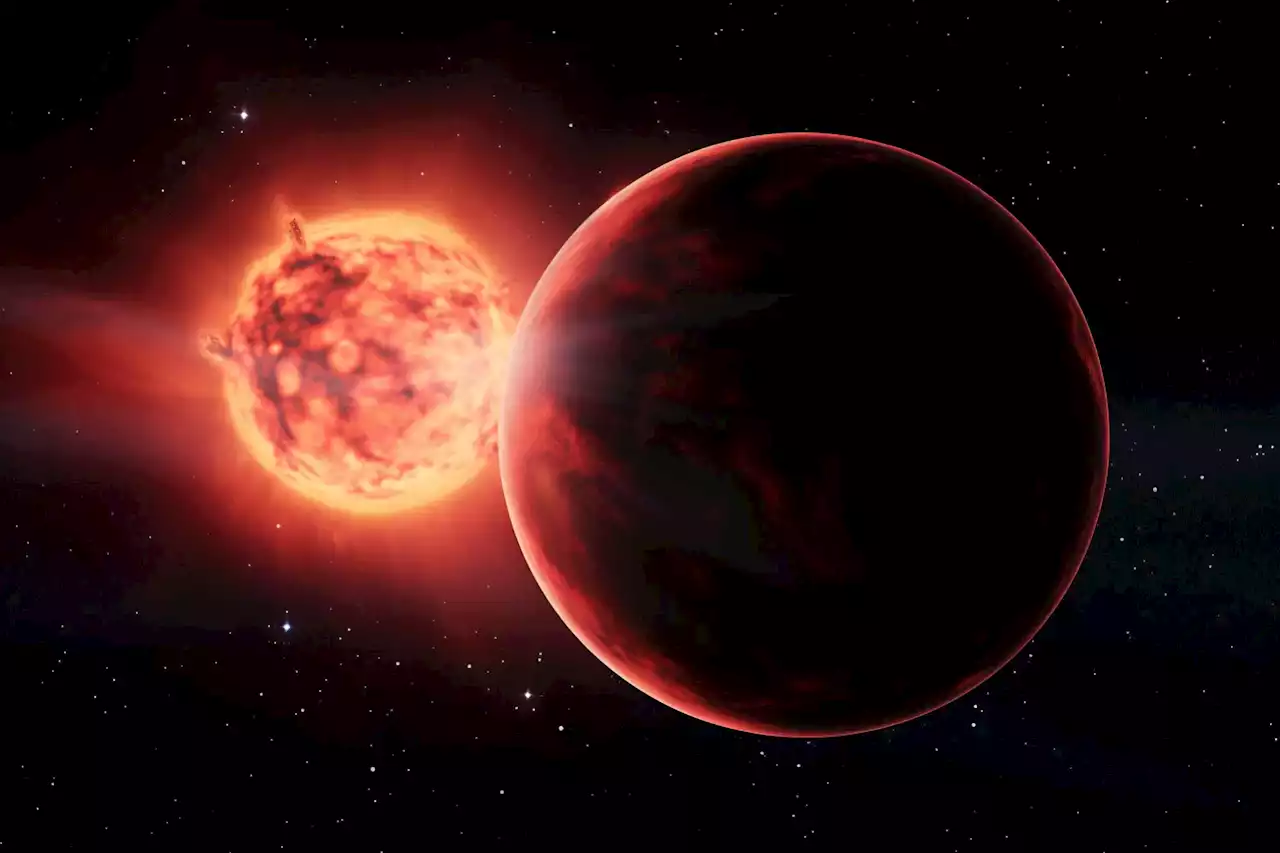Researchers using the James Webb Space Telescope shed light on the TRAPPIST-1 solar system, particularly planet TRAPPIST-1 b. The study emphasized the star's substantial influence on exoplanetary observations and the challenges of stellar contamination. In a solar system called TRAPPIST-1, 40 lig
The team, which included University of Michigan astronomer andAstrophysical Journal LettersThis artistic representation of the TRAPPIST-1 red dwarf star showcases its very active nature. The star appears to have many stellar spots and flares. The exoplanet TRAPPIST-1 b, the closest planet to the system’s central star, can be seen in the foreground with no apparent atmosphere.
This artist’s concept depicts the star TRAPPIST-1, an ultra-cool dwarf, that has seven Earth-sized planets orbiting it. Two of the planets were discovered in 2016 by TRAPPIST in Chile. NASA’s Spitzer Space Telescope and several ground-based telescopes uncovered five additional ones, increasing the total number to seven. The TRAPPIST-1 system is located about 40 light-years from Earth.
“These observations were made with the NIRISS instrument on JWST, built by an international collaboration led by René Doyon at the University of Montreal, under the auspices of the Canadian Space Agency over a period of nearly 20 years,” said Michael Meyer, University of Michigan professor of astronomy.
MacDonald played a key role in modeling the impact of the star and searching for an atmosphere in the team’s observations, running a series of millions of models to explore the full range of properties of cool starspots, hot star active regions, and planetary atmospheres that could explain the JWST observations the astronomers were seeing.
United States Latest News, United States Headlines
Similar News:You can also read news stories similar to this one that we have collected from other news sources.
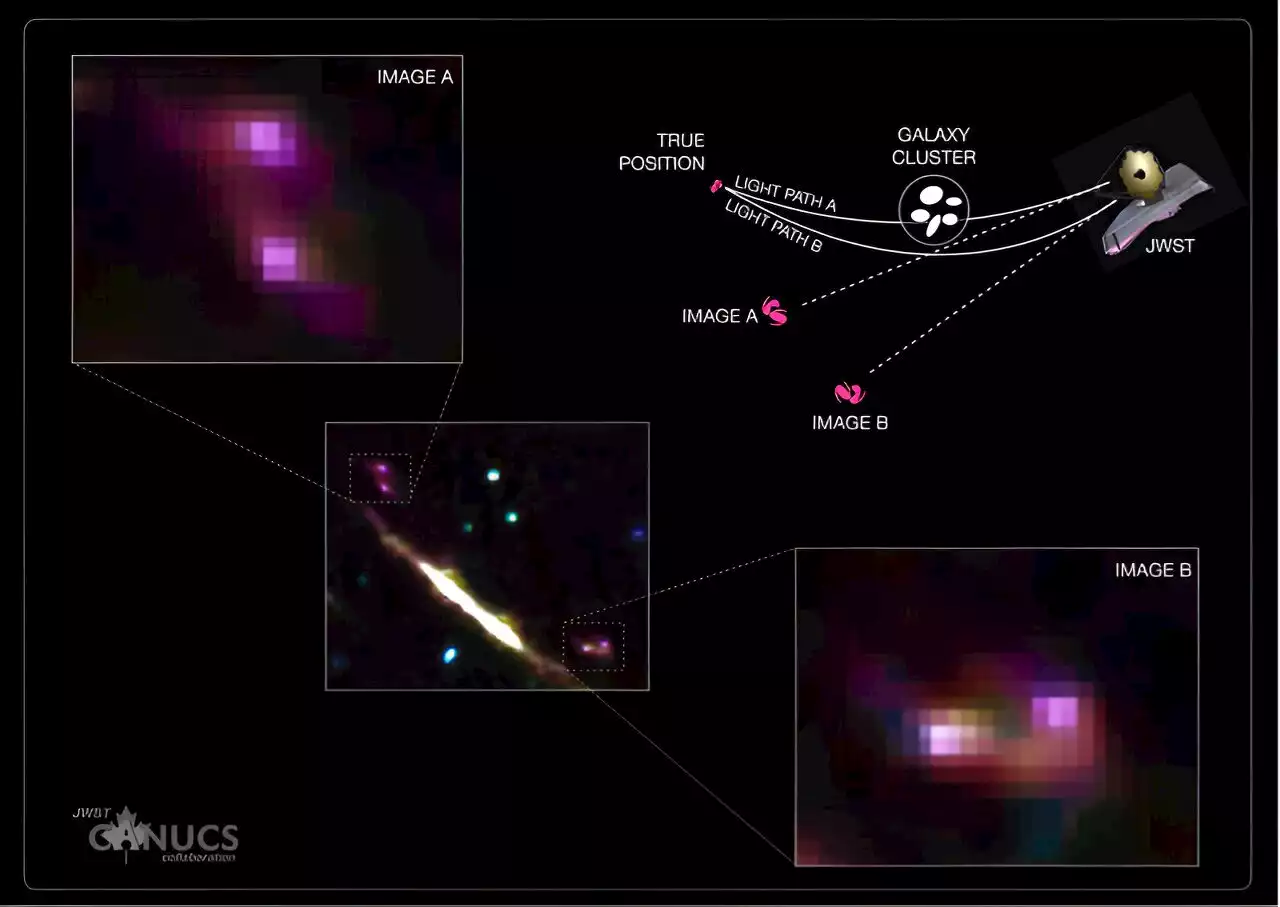 Growth of 'baby galaxies' witnessed with James Webb Space TelescopeScientists have theorized how galaxies evolve, but details in their early phase of formation remained shrouded in celestial clouds of mystery.
Growth of 'baby galaxies' witnessed with James Webb Space TelescopeScientists have theorized how galaxies evolve, but details in their early phase of formation remained shrouded in celestial clouds of mystery.
Read more »
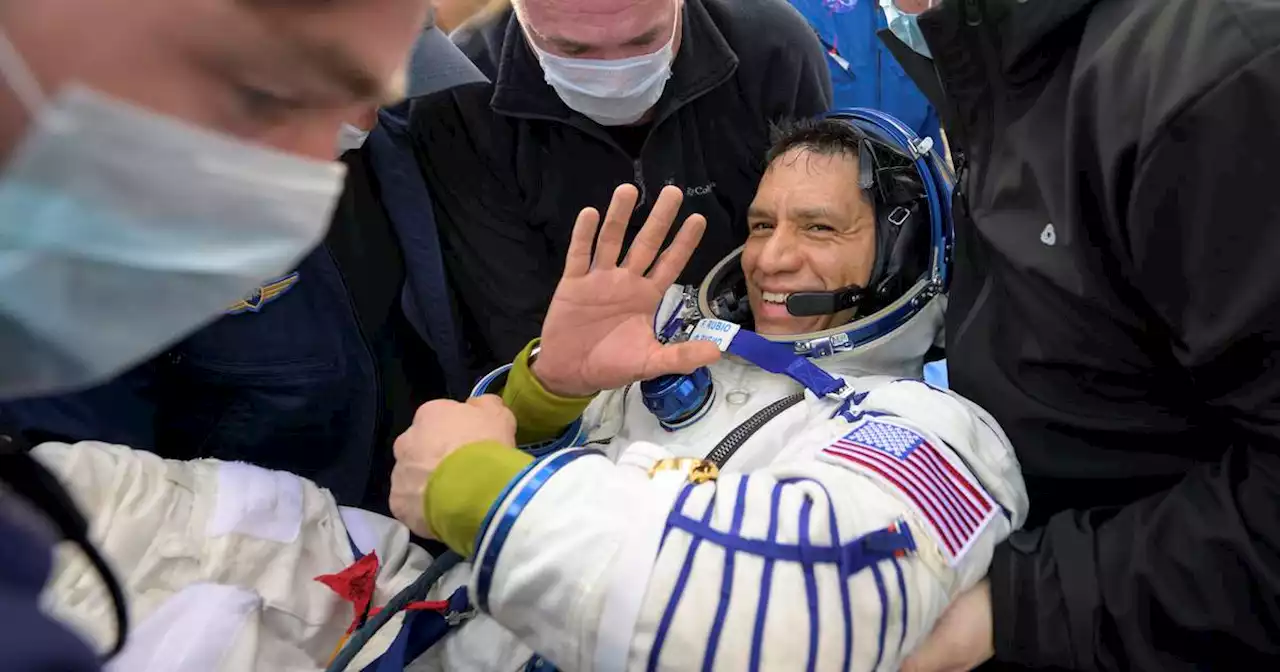 NASA’s Frank Rubio sets US space record as 3 astronauts return from space stationRubio and two Russians are back on Earth after working in space for just over a year.
NASA’s Frank Rubio sets US space record as 3 astronauts return from space stationRubio and two Russians are back on Earth after working in space for just over a year.
Read more »
 NASA's Frank Rubio sets US space record after year in space with cosmonautsRussian engineers suspect a piece of space junk pierced the radiator of their original capsule late last year, midway through what should have been a six-month mission –– which turned into a 371-day stay.
NASA's Frank Rubio sets US space record after year in space with cosmonautsRussian engineers suspect a piece of space junk pierced the radiator of their original capsule late last year, midway through what should have been a six-month mission –– which turned into a 371-day stay.
Read more »
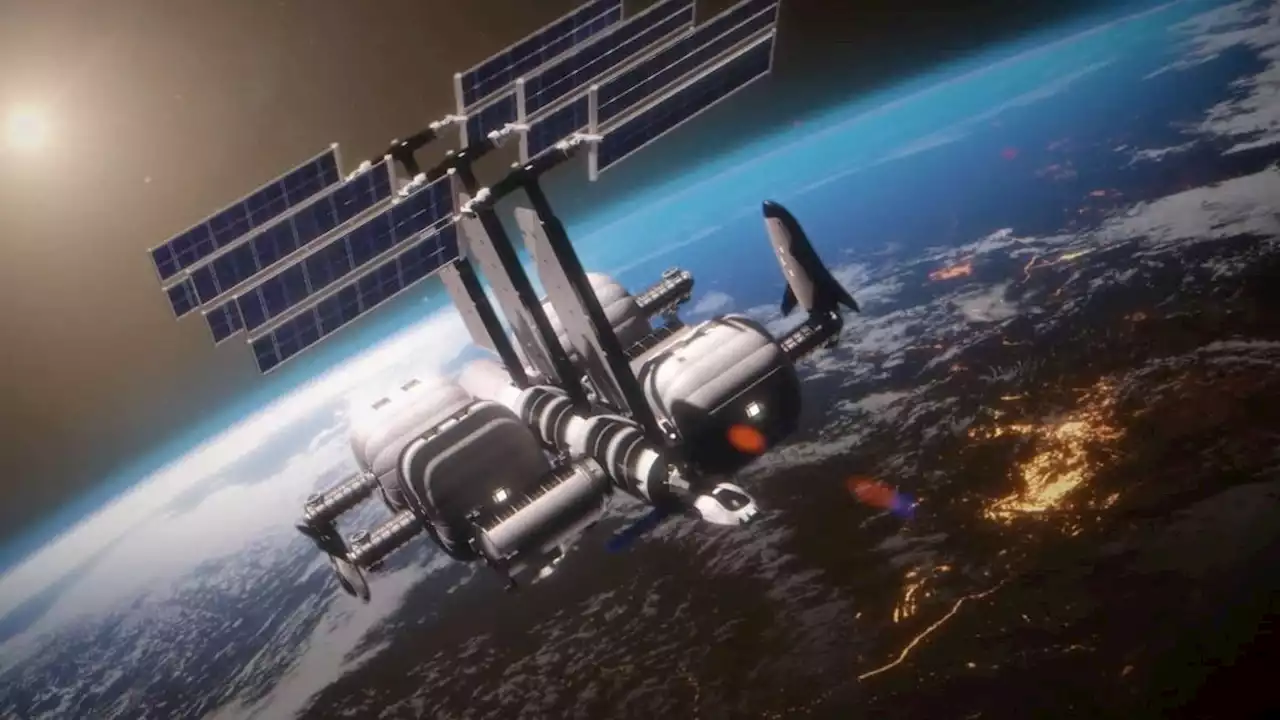 Sierra Space scores record funding, eyes space stationThe Louisville space company’s valuation has jumped to an impressive $5.3 billion after securing $290 million in its second Series B funding round.
Sierra Space scores record funding, eyes space stationThe Louisville space company’s valuation has jumped to an impressive $5.3 billion after securing $290 million in its second Series B funding round.
Read more »
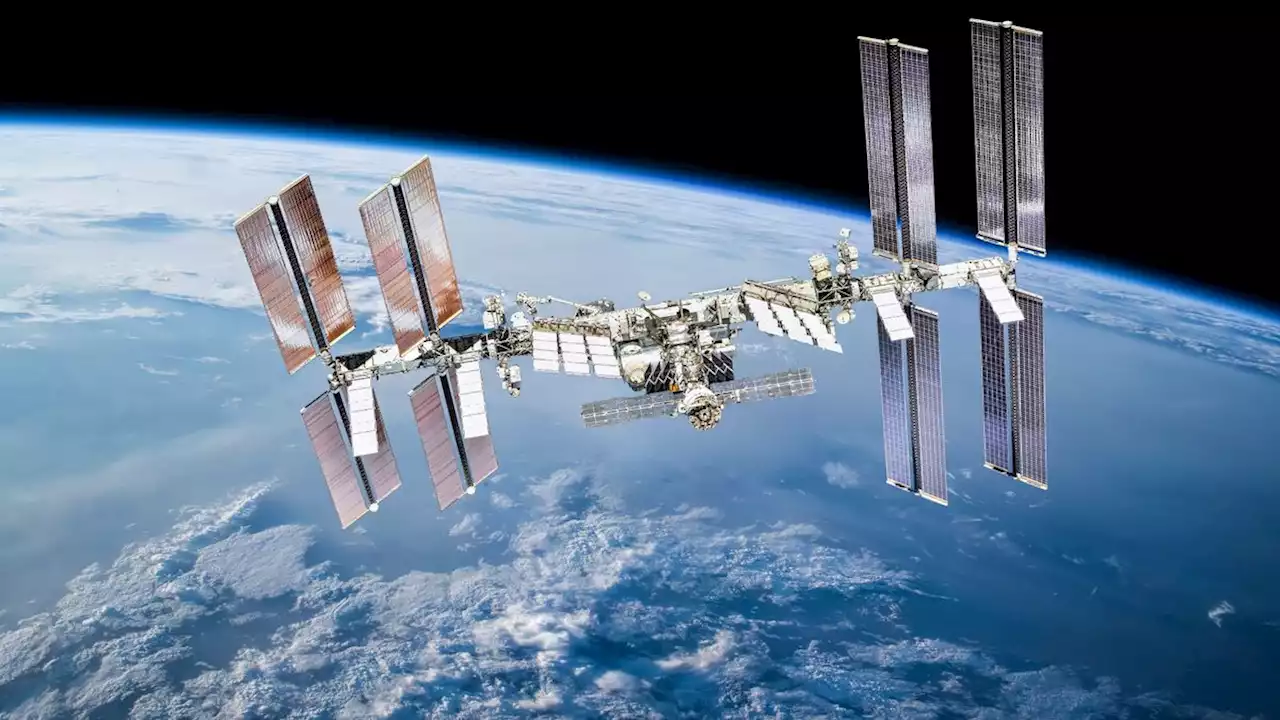 New drug could prevent bone loss on lengthy space missions, study in space-faring mice suggestsA new drug reduced bone loss in mice on the International Space Station, without causing any negative side effects.
New drug could prevent bone loss on lengthy space missions, study in space-faring mice suggestsA new drug reduced bone loss in mice on the International Space Station, without causing any negative side effects.
Read more »
 Blue Origin, Sierra Space weigh future of Orbital Reef space station as partnership turns rockyThe Orbital Reef space station partnership between Jeff Bezos’ Blue Origin and Sierra Space is on rocky footing, CNBC has learned.
Blue Origin, Sierra Space weigh future of Orbital Reef space station as partnership turns rockyThe Orbital Reef space station partnership between Jeff Bezos’ Blue Origin and Sierra Space is on rocky footing, CNBC has learned.
Read more »
